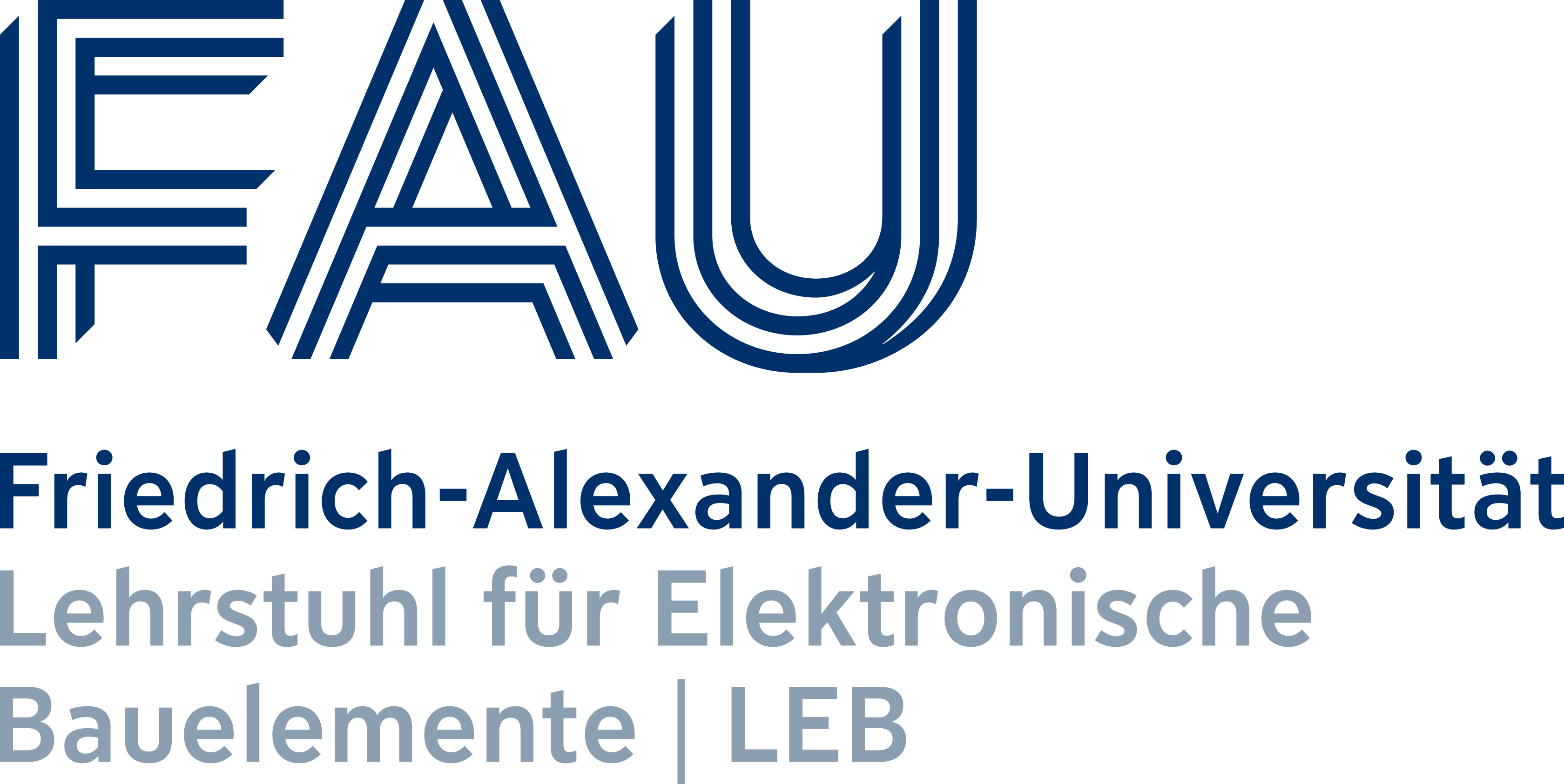Dissertationen aus dem Jahr 2017
| R. Randoll |
Investigations on a Packaging Technology for PCB Integrated Power Electronics
Datum der Promotion: 02.11.2017
Abstract: –
|
| L. Stockmeier |
Heavily n-type doped silicon and the dislocation formation during ist growth by the Czochralski method
Datum der Promotion: 26.10.2017
Abstract: –
|
| A. Hürner |
SiC-BIFET – ein bipolarer SiC-Feldeffekttransistor für das Mittelspannungsnetz
Datum der Promotion: 10.07.2017
Abstract: –
|
| A. Tobisch |
Telezentrische Deflektometrie zur Nanotopographiemessung von Halbleiterscheiben
Datum der Promotion: 06.07.2017
Abstract: –
|
| M. Rumler |
Großflächige Herstellung plasmonischer Filterstrukturen mittels substratkonformer Imprintlithografie
Datum der Promotion: 04.07.2017
Abstract: –
|
| E. Badr |
Platinum diffusion for advanced silicon power devices
Datum der Promotion: 27.01.2017
Abstract: Since the mid-1970s, platinum has been utilized for the lifetime engineering of minority charge carriers in silicon power devices. While previously platinum was introduced via diffusion from a silicide, contemporary process flows feature the implantation of platinum and its partial removal by phosphorous diffusion gettering. In this work, the first systematic investigations of such processes are presented. The experimental findings are completed by quantitative models which allow the calculation of platinum profiles in industrial environments. Since existing models were found to fail to describe platinum diffusion from silicide sources for industrial process flows, a new parameterization had to be found. The goal was reached by combining experiments from literature with own dedicated experiments in which the temperature was ramped down at the end of the process. The model developed is now also able to describe the distribution of platinum for such processes. Moreover, a rigorous analysis of the platinum profiles on the basis of the developed model allowed narrowing down the parameter space for the intrinsic point defects in silicon. Compared to platinum diffusion from a platinum silicide layer, ion implantation offers the advantage of precise control over the doping process. The post-implantation annealing of platinum was studied for a wide range of implantation conditions and temperatures. Based on the experimental results, a quantitative model was developed. Combining existing models for platinum diffusion and the evolution of ion implantation damage and completing it to include impurity clustering, it allows the simulation of platinum profiles after implantation and annealing. To further engineer the platinum distribution across the wafer, phosphorus diffusion gettering was studied. It resulted in an inhomogeneous distribution of platinum across the wafer. Such distributions are suitable for local lifetime control of devices. On a physical level, platinum is suggested to form complexes with phosphorus. A model which includes the supersaturation of self-interstitials due to the implantation and diffusion of phosphorus was developed and was able to successfully reproduce the measured profiles of substitutional platinum. Platinum-hydrogen complexes can form unintentionally by various manufacturing processes. In this thesis, the electrical properties of platinum-hydrogen complexes were studied. The hydrogen was introduced into platinum-doped samples by wet chemical etching treatments. The fingerprints of platinum-hydrogen complexes deduced from DLTS measurements were compared to literature to complement previous studies. As a result, two new levels were suggested as platinum-hydrogen related. The experiments and simulations carried out in this work have led to a better understanding of silicon point defects, platinum diffusion and platinum interaction with phosphorus and hydrogen. The developed simulation models represent a basis for improving the electrical properties and development of fast switching devices such as IGBTs and PIN diodes.
|
